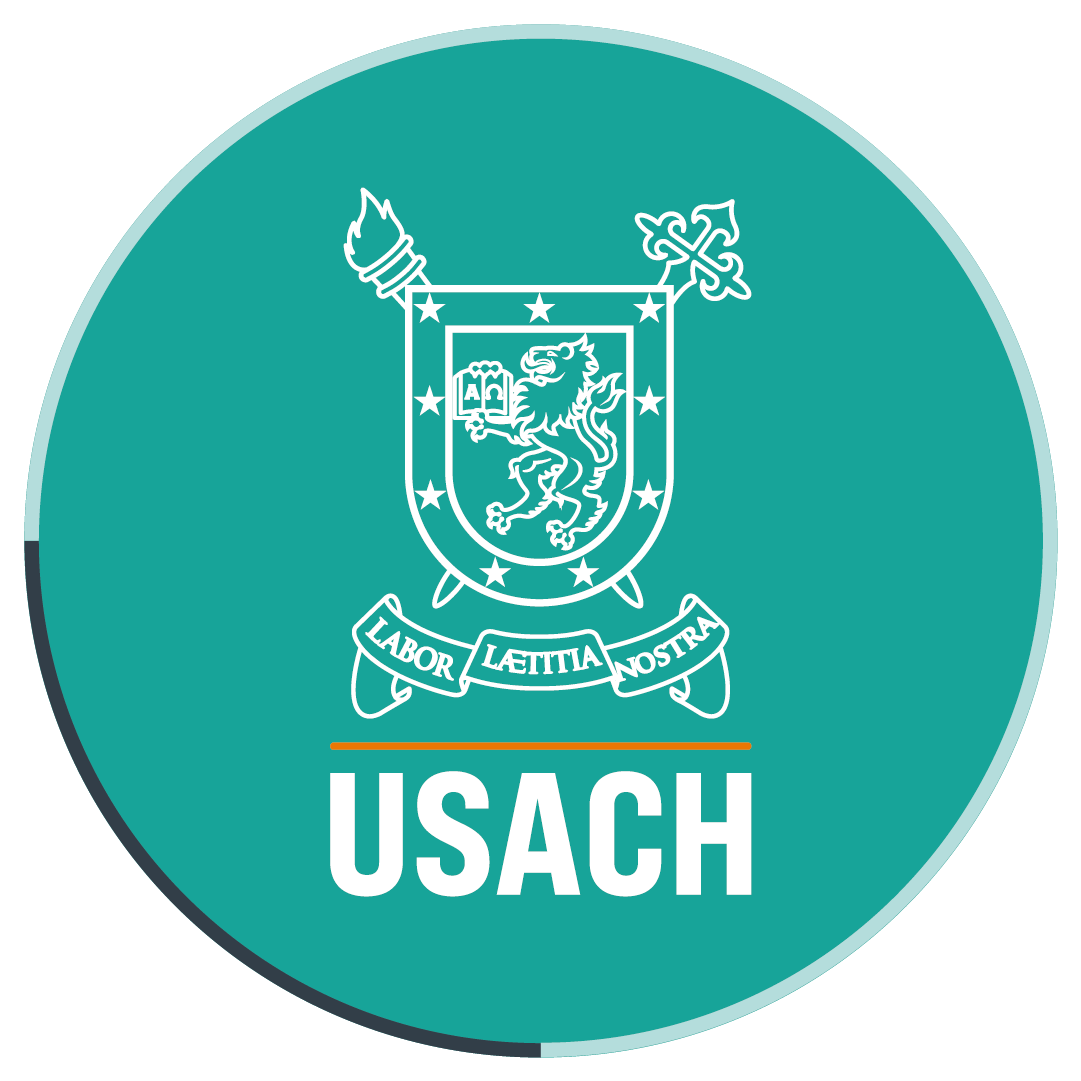Research will study flotation process to recover copper
- The research, led by Dr. Miguel Maldonado, professor at the Metallurgical Engineering Department, intends to optimize this process through new on-line air measurement equipment.
During the last couple of years, we have heard about a decline in copper production, and according to experts this is one of the reasons why the quality of the mineral has been reduced. One way to revert this situation is improving mining procedures, which is a priority for mining industry.
One of these processes is flotation, a method used to separate valuable minerals like copper from others. The process starts once the rock is ground and mixed with water to form a pulp. Some reagents that modify the mineral surface are added to this mixture. In this way, when bubbles of air are forced up through the pulp, they collide with particles and the ones containing copper, for example, go up to the surface making a froth rich in valuable mineral, ready to be removed.
This is the method studied by Dr. Miguel Maldonado, professor at the Metallurgical Engineering Department. “Although today improvements have been made to flotation process- by means of devices that measure the air flow forced into a flotation equipment or the use of cameras that continuously monitor de physical properties of the froth- we still do not have a full knowledge of how air dispersion in the bubbles affects the metallurgical performance of the process,” the researcher said.
This encouraged the academic to do a research project called “Estimating on-line air concentration in flotation systems,” funded by the Scientific and Technological Research Department (Dicyt) of Universidad de Santiago.
“We believe that this variable is important when determining the process performance, as it is related to the surface area available to collect the particles containing valuable mineral and, therefore, to the complete recovery of copper,” the researcher explained.
The researcher said that the project was born while he was doing his postdoctoral research in Canada, at McGill University, considered a pioneer institution in proposing ways of measuring this variable. At that time, while he was studying this technique, he found out a problem with the interpretation of Maxwell’s equation, which would lead to a measurement error.
For this reason, the academic decided to insist on seeking new techniques in order to solve the problem; this time, with a better knowledge of the system.
At the first stage of the research, essential aspects of the error made will be studied. For this purpose, experiments to get a better understanding of the Maxwell’s equation will be performed. McGill University will also take part in this research by sending a flotation column to support the study and by developing papers together about this topic.
At the second stage, new techniques will be explored to find a method that estimates the air concentration in real time, in order to control and optimize the process.
In the academic’s opinion, “the efficient recovery of valuable minerals like copper is very important, and this measurement method could provide significant information for optimizing the process. This will have all kinds of benefits, such as reducing the reagents added or reducing the water used. This fact is also important if we consider that in most mining operations the water resource is scarce.”
Translated by Marcela Contreras

